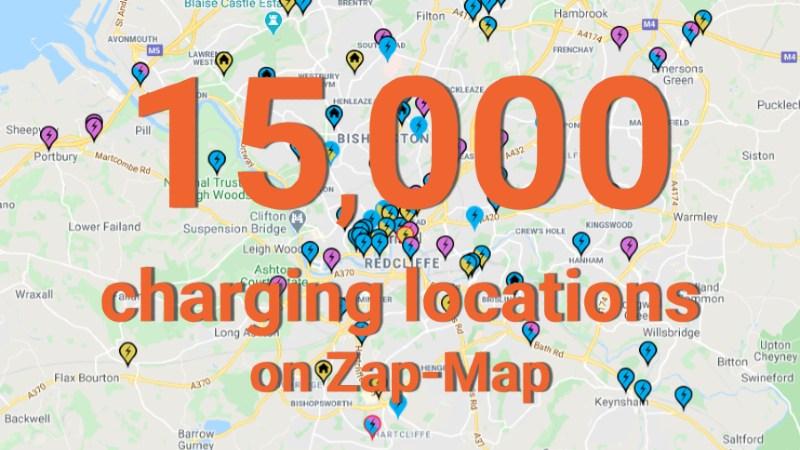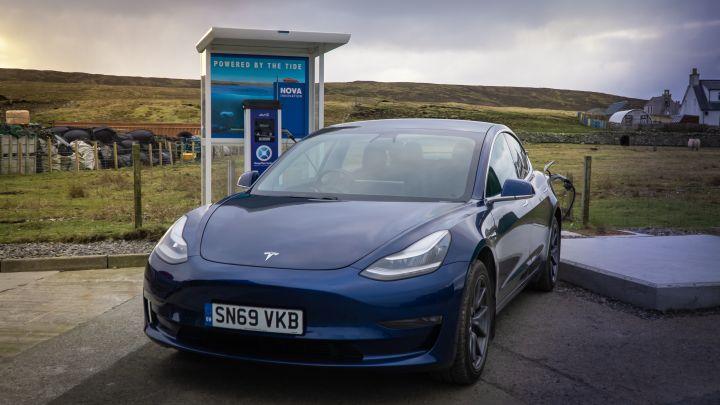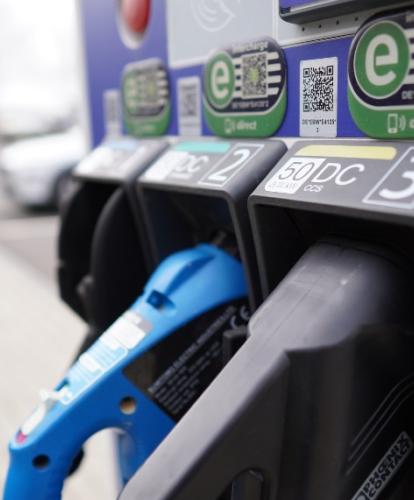Last week, the UK reached 15,000 charging locations on the Zapmap database. It was an exciting milestone. What’s more, the number of charging devices at these locations is now well over 23,000, and the total number of connectors associated with these devices is more than 40,000.
But with new charging locations, devices and connectors being added daily, the UK’s electric vehicle (EV) charging infrastructure is continually changing. This week, with locations surpassing the 15,000 mark, we take a look at just a few examples – and understand the growth in charging locations over the past few years.
EV charging in 2021
2021 has seen charging locations springing up across the country. In March, together with Sheffield City Council, Franklin Energy installed 18 new rapid chargers across Sheffield. In April, Liberty Charge chose the borough of Waltham Forest to begin its rollout of EV charge points up and down the UK. And, in a first for Hampshire, Osprey has just installed the first Tritium RTM75 rapid chargers in Europe, at a new Starbucks site in Gosport.
A numbers game
Charging locations, however, can vary enormously. Not two months ago, Shetland News reported that marine energy specialist Nova Innovation had proudly installed a new EV charging point – powered by the tide – on the Isle of Yell in the Shetland Islands. The windswept location sports one charging device with two 22kW connectors.
In stark contrast, the final day in April saw Moto launch a new EV charging site at Rugby Services, featuring 24 ultra-rapid charging devices – 12 Tesla and 12 Electric Highway.

2021 has seen charging locations springing up across the country.
These, of course, are just a few examples. So what does the bigger picture look like? Well, let’s take a quick look at the growth in charging locations over the past couple of years.
It’s certainly impressive. Since the end of 2019, the UK has seen a 42.6% increase in charging locations – up from 10,565 locations. What’s more, since the end of 2020 only a few months ago, the number of charging locations has increased by 13.5% – up from 13,271. (Incidentally, that also means that between end-of-year 2019 and end-of-year 2020, the number of charging locations grew by 25.6%)
Getting it right
Of course, it’s not simply about the number of charging locations (or devices, or connectors). The type of charging location is also significant. Some are suited to faster en-route charging, for example, while others are better suited for top-ups or destination charging. As such, it’s important to understand the use case for each charging location in order to get it right.

The first tidal powered electric vehicle charger is live on Zapmap.
Reliable charging infrastructure is also key to an increase in the uptake of electric vehicles, as we’ve seen in a Zapmap ranking of electric vehicle networks.
To put it simply, EV drivers want to be certain that, whatever the location, the charging devices they are heading towards are are going to work. As such, together with the growth in the number of new charging locations, 2021 has also seen a focus on improving existing infrastructure.
Ecotricity and GRIDSERVE, for example, recently announced a major new collaboration in which they will transform the Electric Highway. One element of this involves replacing all old chargers with new technology. bp pulse, too, has pledged £2m to radically improve the reliability of the UK’s legacy public charging infrastructure.
As the public shifts towards electric cars, EV charging should only get easier over the coming years. Last week the milestone was 15,000. When will we hit 20,000?



